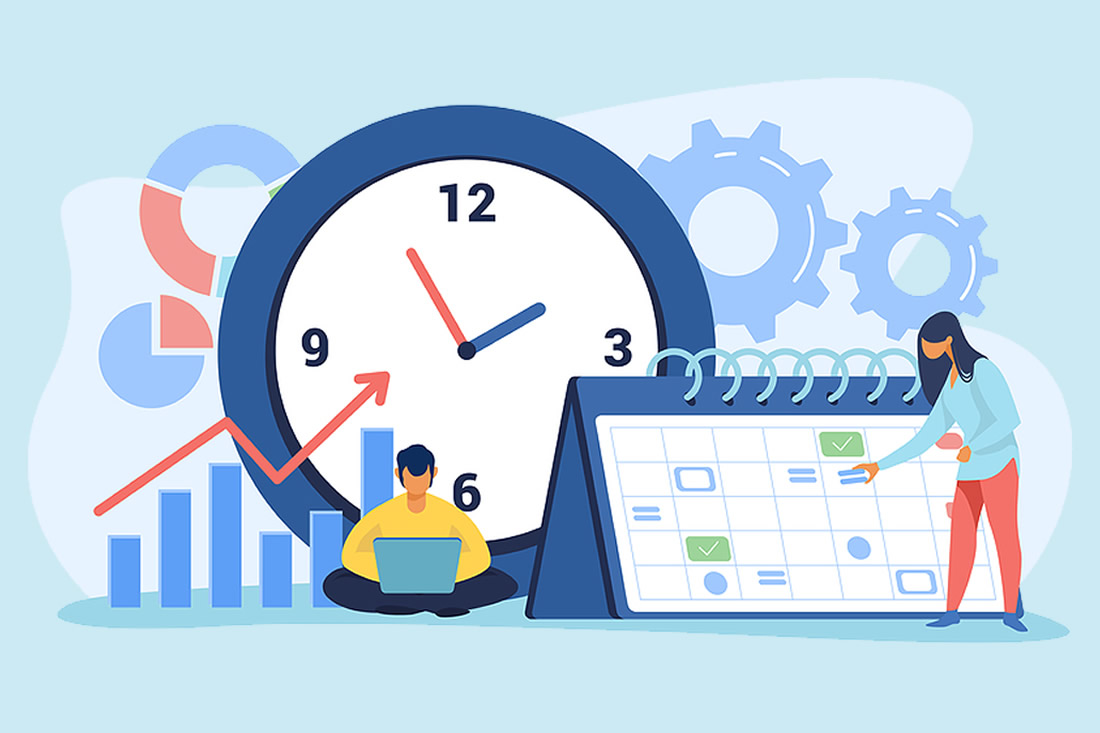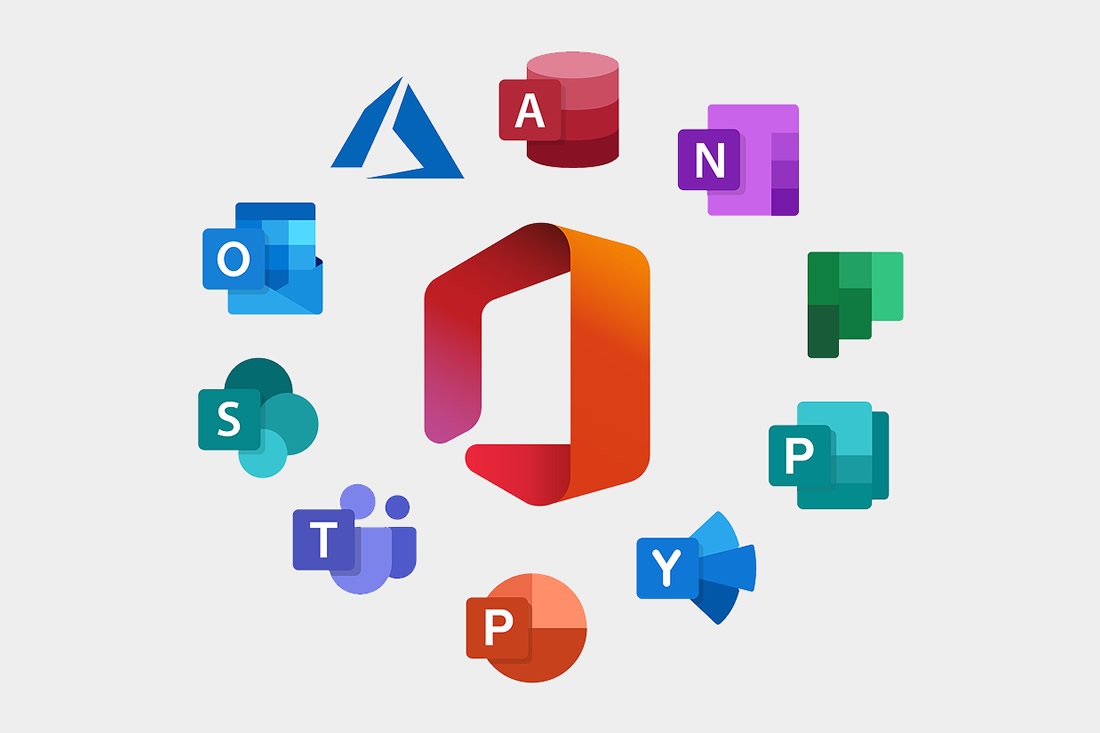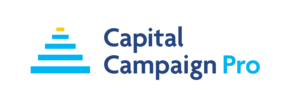What Is the Shelf Life of a Capital Campaign Feasibility Study?

A capital campaign feasibility study is one of the most critical preparatory steps in launching a successful fundraising effort. It’s where you test your plans, confirm your fundraising potential, and gather important feedback from key stakeholders.
- But what happens if your study ends and time passes without a campaign getting underway?
- How long can you rely on its findings before they lose their relevance?
Let’s break down what you need to know about the shelf life of a feasibility study and how timing can impact your campaign’s success.
Ideal Feasibility Study Window: Start Within Six Months
The general consensus among capital campaign professionals is that a feasibility study is most valuable when a campaign kicks off within six months of its completion.
Why the Rush?
Studies provide a snapshot of your organization’s readiness and donor interest at a specific moment in time. The information gathered during interviews with major donors, board members, and community leaders reflects their attitudes, willingness to give, and overall perception of your campaign goals.
When you wait too long, that picture can start to blur. Economic conditions, staff changes, shifting priorities, or even new local projects competing for donor dollars can alter the landscape.
If your campaign is delayed, your feasibility study could lose its value, potentially putting your plans on shaky ground.
Extending a Feasibility Study’s Shelf Life: 3 Key Factors
In some cases, you can stretch the relevance of your feasibility study beyond six months. Here’s a look at three key factors — each worth about an additional six months — that can help extend its shelf life.
1. Is the Project Still the Same?
Consistency in your project’s scope and objectives is crucial. If you’re planning a new building or expanding a major program, the specific details you outlined during the study need to remain intact. Any significant changes — such as shifting from a $5 million goal to $8 million or changing the project’s primary focus — can render the study’s findings less reliable.
If your project has stayed consistent, you can typically add another six months to the study’s usefulness.
But if you’ve altered the case for support or expanded your vision dramatically, it’s a good idea to revisit the study or consider commissioning a new one.
2. Is Your Core Leadership Team Still in Place?
The continuity of leadership, both on the staff and board side, plays a big role in keeping the study relevant.
Campaigns rely heavily on strong relationships with key donors, many of which are cultivated during the feasibility study. If your executive director, development director, or board chair has left since the study was completed, it could disrupt those relationships and weaken donor confidence.
If your team remains intact and those who participated in donor interviews are still involved, this stability can extend the study’s shelf life by another six months.
But major leadership changes may require additional planning or follow-up with donors to ensure their continued engagement.
3. Have You Maintained Momentum with Donors?
One of the most important factors in keeping a feasibility study relevant is ongoing engagement with your key supporters. If the donors who participated in the study have been kept in the loop — through updates, meetings, or early campaign planning — they’re more likely to stay interested and committed when you’re ready to launch the campaign.
Organizations that have been actively involving donors and maintaining strong communication can usually add another six months to the study’s usefulness.
However, if donor relationships have gone cold or little follow-up has occurred since the study, the results of the study lose usefulness as time goes on .
Aim to Move Forward Quickly Following the Feasibility Study
While it’s possible to extend the shelf life of your feasibility study under the right conditions, launching the campaign sooner is always the safer bet. Delays can result in missed opportunities and donor fatigue. Major donors may be excited and ready to commit when you conduct the study, but that enthusiasm can fade if you wait too long to follow up with an ask.
Even if the study’s results indicated that your organization might struggle to meet its goal, that shouldn’t be a reason to hold off indefinitely.
Instead, use that information to adjust your plans and set realistic expectations. Starting sooner allows you to test different fundraising strategies and make course corrections along the way.
How to Reassess If Time Has Passed
If your organization finds itself past the ideal six-month window, take a moment to reassess your situation. Check in on the three key factors discussed above to see if they’ve remained stable. You can also conduct mini-check-ins with major donors or even organize a brief follow-up study to confirm ongoing support and identify any potential obstacles.
Some organizations also consider partnering with a new consulting firm to pick up where the original study left off. Fresh eyes on your campaign strategy can provide valuable insights — especially if your internal capacity or external environment has shifted since the original study was completed.
Bottom Line: Act on the Momentum
Feasibility studies are meant to set the stage for action. While a longer shelf life is possible under ideal circumstances, moving forward within the first six months is your best bet for capitalizing on donor excitement and organizational readiness. The longer you wait, the greater the risk that circumstances will change, requiring more time and effort to recalibrate your campaign strategy.
If you’re sitting on a feasibility study and wondering whether it’s still usable, take the time to evaluate the following:
- Your project’s consistency
- Your organization’s leadership stability
- Donor engagement
If those factors are in your favor, you may have a bit more time. If not, consider taking proactive steps now to revisit your plans and ensure your campaign is set up for success.
Free Download: Ultimate Guide to Feasibility Studies
This comprehensive guide will show you the ins and outs of conducting a feasibility study for your capital campaign.



Leave a Comment